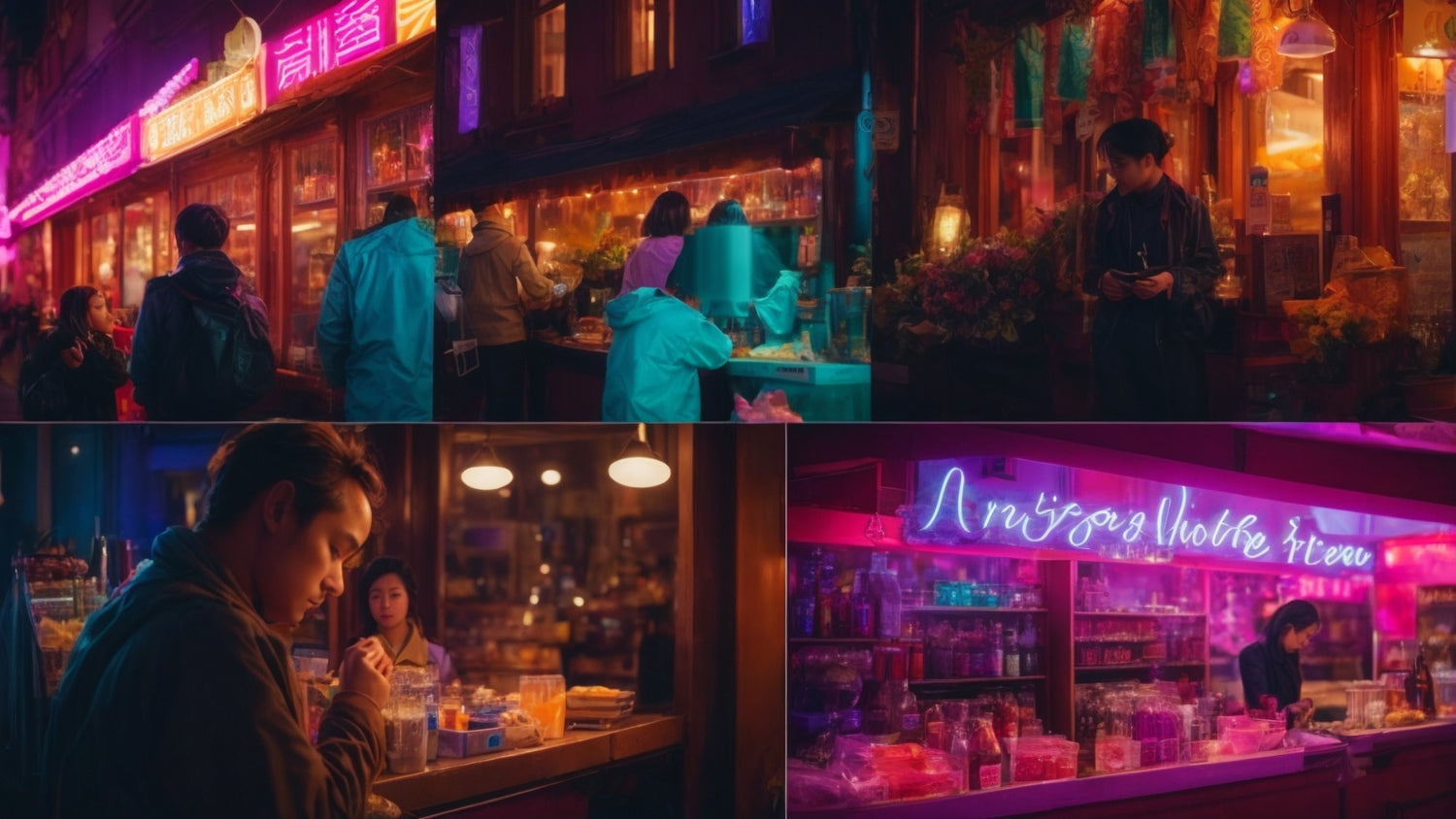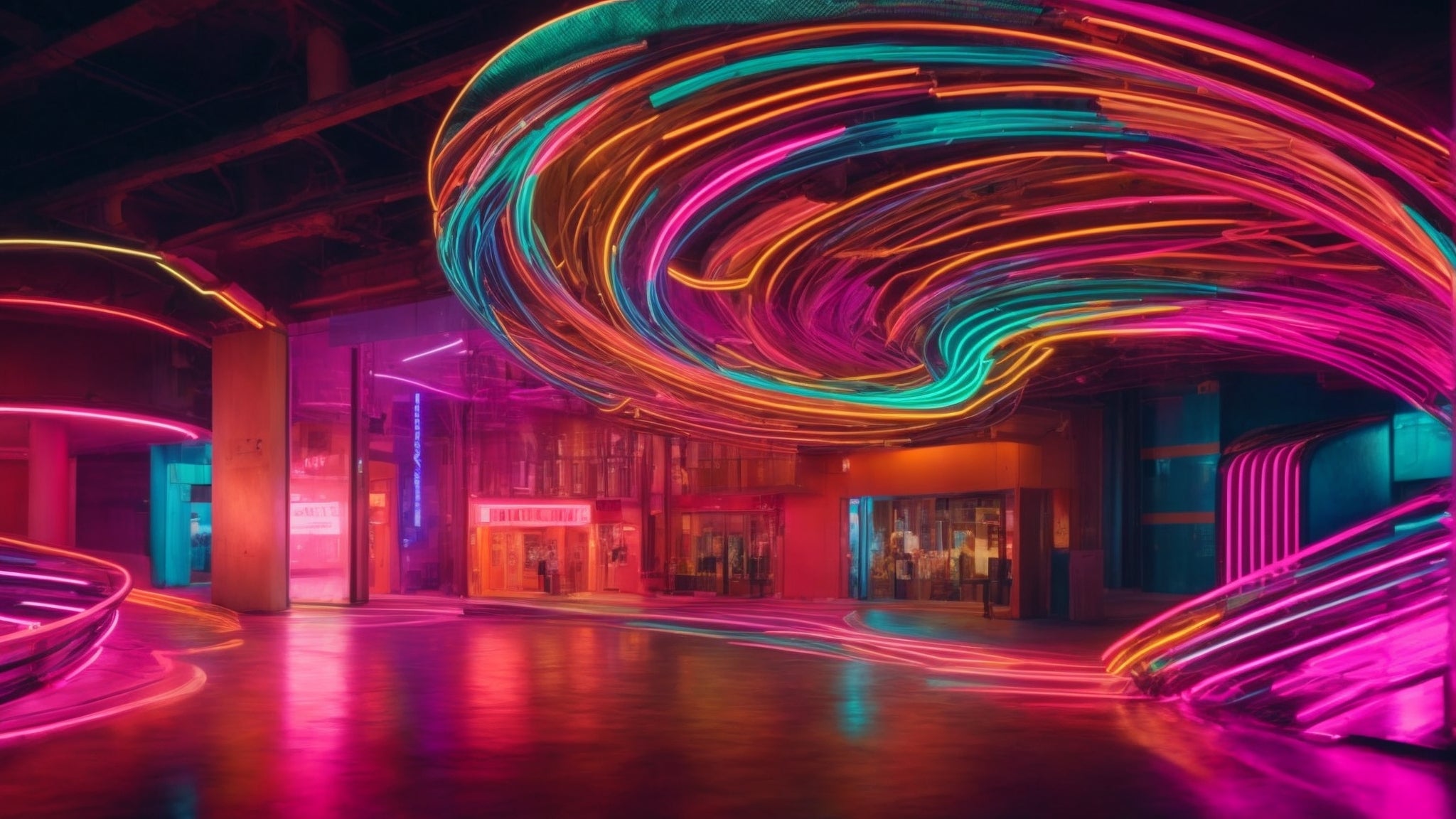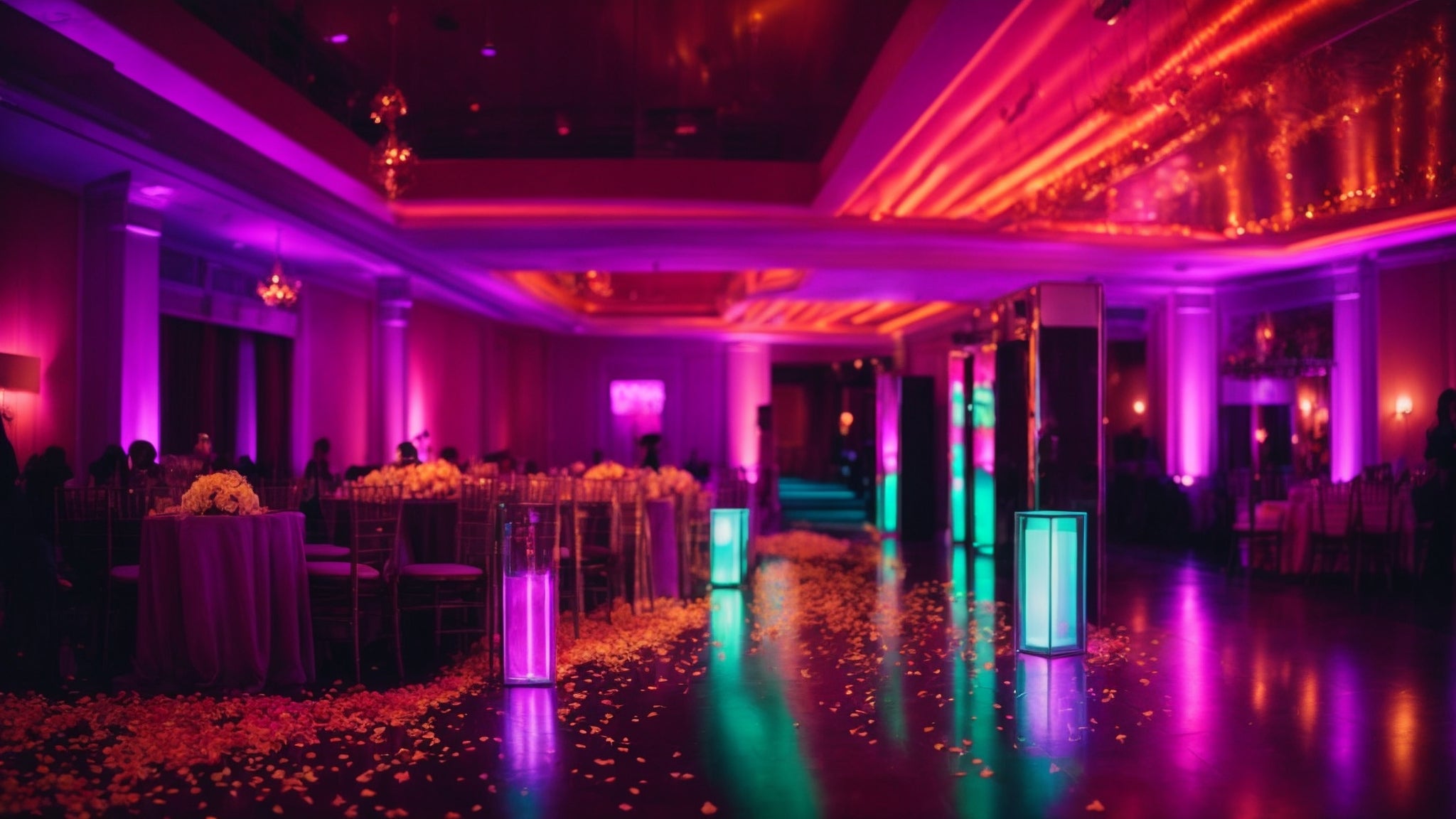Neon Nights: Tips for Capturing Neon Scenes after Dark
Neon lights have a mesmerizing effect on the night landscape, adding a vibrant and electric atmosphere to any scene. Whether you're a professional photographer or an enthusiastic hobbyist, capturing neon scenes after dark can be a rewarding and exciting experience. Here are some tips to help you make the most of these colorful and dynamic subjects:
- Scout for Locations: Before venturing out, do some research to find locations with prominent neon signs. Look for areas with a concentration of neon lights, such as bustling city streets, entertainment districts, or vintage signage. Take note of the different types of neon signs and their unique characteristics, as this will help you plan your compositions.
- Plan Your Timing: Neon signs come to life when the sun goes down, so plan your shoot for the evening or night. Keep in mind that the ideal time may vary depending on the location and the desired effect. Experiment with the time of twilight to capture the perfect balance between the fading natural light and the illuminated neon. Consider revisiting locations at different times to capture the changing ambiance.
- Use a Tripod: Shooting in low light conditions requires longer exposure times, which can result in camera shake and blurry images. To ensure sharpness and clarity, use a tripod to stabilize your camera. It will also allow you to experiment with longer exposures to create captivating light trails. Additionally, consider using a remote shutter release or the camera's self-timer to further minimize any movement during the exposure.
- Adjust Your Camera Settings: Shooting neon scenes after dark requires some adjustments to your camera settings. Start by setting your camera to manual mode, select a wide aperture (low f-stop number) to let in more light, and adjust your ISO to a higher value to increase sensitivity. Experiment with different shutter speeds to achieve the desired effect. Take test shots and review the histogram to ensure proper exposure.
- Compose with Care: Pay attention to the composition of your shots. Neon lights offer unique opportunities for creative framing and interesting perspectives. Experiment with different angles, reflections, and foreground elements to add depth and visual interest to your images. Consider incorporating leading lines or framing the neon sign with architectural elements to create a compelling composition. Don't be afraid to get close and capture the intricate details of the neon tubes.
- Experiment with White Balance: Neon lights emit various colors, and capturing their true hues can be a challenge. Play around with the white balance settings on your camera to achieve accurate and pleasing colors. Alternatively, embrace the color shifts and use them creatively to enhance the mood and atmosphere of your images. Consider shooting in RAW format to have more flexibility in adjusting the white balance during post-processing.
- Include People and Motion: Neon scenes often come alive with the presence of people and the movement of vehicles. Incorporating human subjects or capturing light trails from passing cars can add a sense of energy and liveliness to your photographs. Experiment with different shutter speeds to either freeze the action or create artistic motion blur. If you're including people in your shots, ensure they are properly exposed and in focus, and obtain their consent if necessary.
- Be Mindful of Reflections: Neon signs often reflect off surrounding surfaces, creating interesting and sometimes unexpected reflections. Be aware of these reflections and use them to your advantage. Position yourself and your camera to capture unique reflections that add depth and complexity to your images. Additionally, be aware of any unwanted reflections that may detract from your intended composition.
- Embrace the Weather: Different weather conditions can drastically change the mood and feel of neon scenes. Rainy or wet surfaces can create beautiful reflections, while fog or mist can add an ethereal and mysterious quality. Don't be discouraged by less-than-ideal weather conditions; instead, embrace them and use them to create unique and atmospheric images.
- Experiment with Different Angles: Don't limit yourself to capturing neon signs head-on. Explore different angles and perspectives to create more visually interesting images. Get down low or find a vantage point above the scene to capture unique views. Look for opportunities to shoot through objects or frame the neon sign with natural elements like trees or plants to add depth and context to your photographs.
- Practice Long Exposure Photography: Neon lights lend themselves well to long exposure photography. By using longer shutter speeds, you can create stunning light trails and capture the movement and energy of the scene. Experiment with different exposure times to achieve the desired effect. Use a neutral density (ND) filter to reduce the amount of light entering the camera and enable longer exposures even in well-lit areas.
- Consider Light Painting: Light painting is a technique where you use a handheld light source to paint or draw with light during a long exposure. With neon scenes, you can use this technique to accentuate certain parts of the sign or add additional creative elements to your images. Experiment with different light painting tools and techniques to unleash your creativity.
- Post-Processing: Once you've captured your neon scenes, don't hesitate to enhance them further through post-processing. Adjust the contrast, saturation, and color balance to make the neon lights pop. Experiment with black and white conversions or apply creative filters to add a unique touch to your images. However, remember to maintain a natural and realistic look, avoiding excessive editing that may result in an artificial appearance.
- Share and Seek Feedback: Share your neon night images with others who share your passion for photography. Post them on social media platforms or photography communities to receive constructive feedback and encouragement. Learn from the experiences and techniques of other photographers who specialize in capturing neon scenes after dark. Use their feedback to refine your skills and continuously improve your neon night photography.
Remember, capturing neon scenes after dark is all about experimentation and creativity. Don't be afraid to try new techniques and push the boundaries of your photography skills. With practice and patience, you'll capture stunning neon nightscapes that will leave viewers in awe of the vibrant and captivating world of neon lights.



Leave a comment
This site is protected by hCaptcha and the hCaptcha Privacy Policy and Terms of Service apply.